Classic Car Review: Dodge Charger 1970-1971
The Dodge Charger has been around for over five decades, we take a look at two pivotal years in the muscle car’s history.
An Icon of Dodge History
The Dodge Charger has been around for seven generations, evolving from an iconic two-door coupe to a four-door brute on wheels. We covered its entire lifespan in our Dodge Charger Through the Years article, but today we zoom in on two key years of the muscle car’s history—1970-71—that produced a powerful beast of a car that Dodge fans go crazy over.
How the 1970-1971 Charger Got Its Start
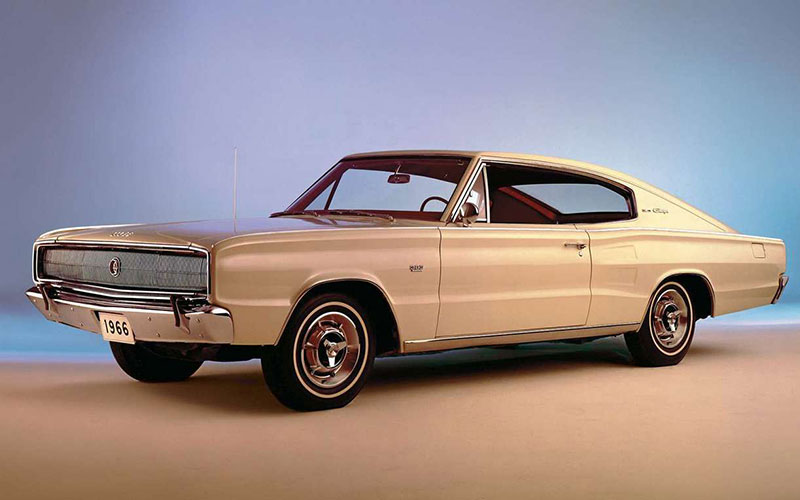
Commonly referred to as the golden era of the muscle cars, the 1960s saw a battle between American automakers to design and produce the fastest and most powerful street machines to a market obsessed with speed. Dodge decided to enter the competition going up against the Ford Mustang, Pontiac GTO, and Rambler/AMC Marlin.
The Dodge Charger was introduced in 1966 as “the Leader of the Dodge Rebellion,” with four different V-8 engine offerings. The Charger had a strong showing in its first year, but low sales in ’67 caused Dodge to go back to the drawing board for its second generation.
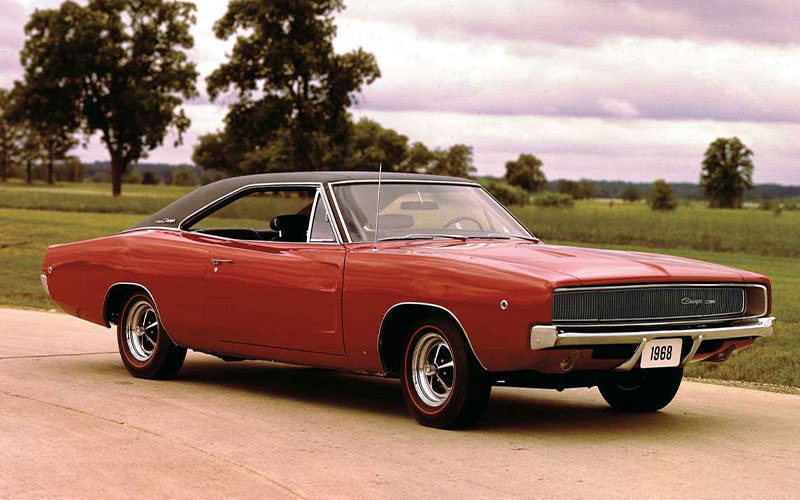
The 1968 Charger got a redesign with a sleeker shape and integrated rear spoiler that screamed speed. Along with its souped-up appearance, Dodge made four big block V-8 powertrain options available for the two-door coupe.
This generation of Charger—specifically the 1970 Dodge Charger—remains today one of the most recognizable silhouettes in automotive history, being forever memorialized in its multiple appearances on the big screen. We even did a deep dive on Dom’s Charger—the iconic 1970 Dodge Charger that has appeared in nearly every Fast and Furious movie.
A Breakthrough Year for the Charger
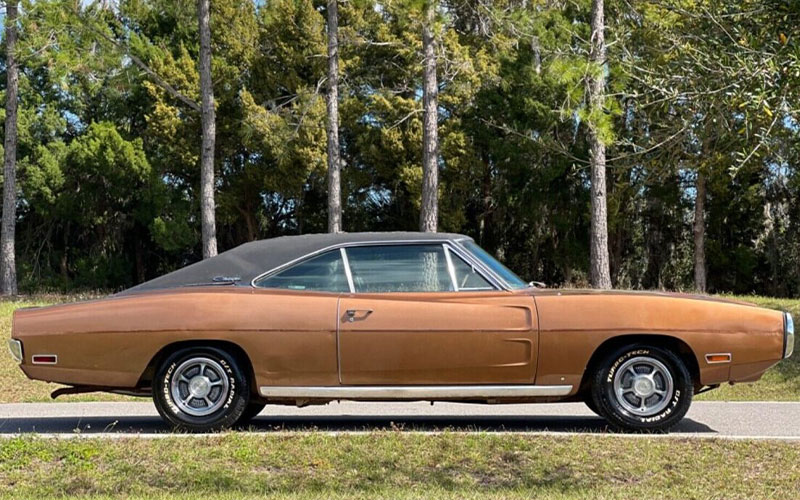
The year 1970 saw great success for the second-generation Dodge Charger. The Charger was focus of a huge marketing campaign from Dodge. Slogans like the “1970 Dodge Charger stands out with the in crowd” or “If you ever finished first, you could be Dodge Material” where used to promote the Charger. These new models were promoted as a luxury-sports-personal car entry and they led the way in muscle car sales.
The top R/T model, which stands for “Road and Track,” sold for $3,711 and came with the option of the strongest motor that Dodge had in production— a 426 CID Hemi V8 engine that produced 425 horsepower. The R/T was intended to be fast enough to win on the track but tame enough to play on roads and highways. For those without aspirations of a NASCAR win, the base model was equipped with a 225 CID slant-six that produced 145 horsepower.
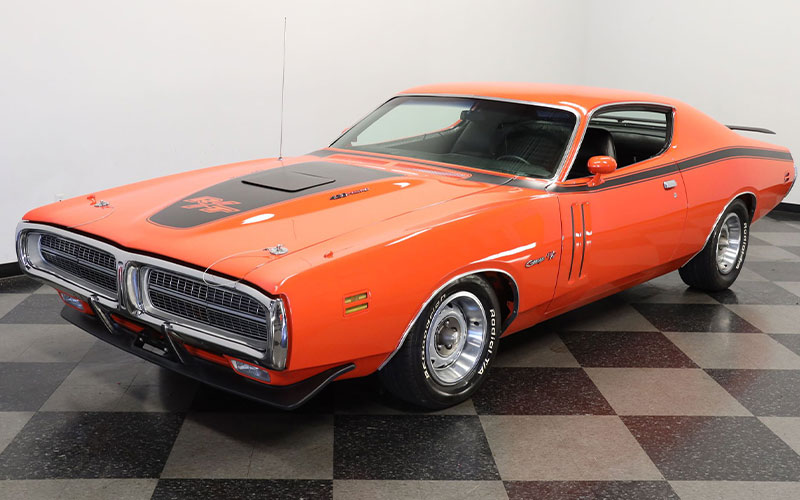
Positioned between the base and R/T models, the Charger 500 was a slightly upgraded base model making it not much more than a fancy nameplate that fell short of the powerful R/T model. The 500 sold for $3,139.
Some exterior changes were made to the 1970 Charger, most notably a new, larger bumper that completely encircled the front grille and its popular hidden headlights. These features made the 1970 Dodge Charger indistinguishable from the ’68 and ’69 models.
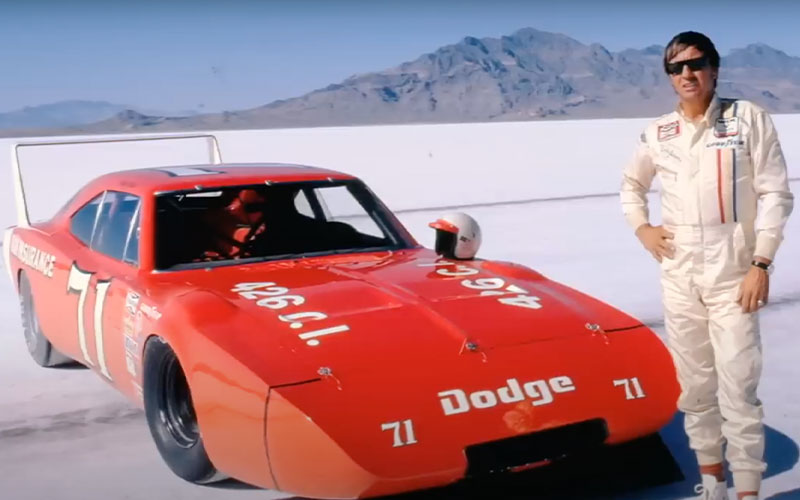
Adding to the Charger’s success in 1970 was its triumphs on the NASCAR circuit. Bobby Isaac won 11 NASCAR races that year driving an orange 1970 Dodge Charger equipped with a 426 Hemi engine paired with an A833 Pistol Grip 4-speed transmission.
Isaacs took the pole more times and won more races on the circuit in 1970 than any other car or driver. He also won the final race that year, making him the 1970 circuit champion. The 1970 model would be the last year of the second-generation Charger and 1971 would be an equally significant year for the muscle car.
The Beginning of the End of 70’s Muscle Cars
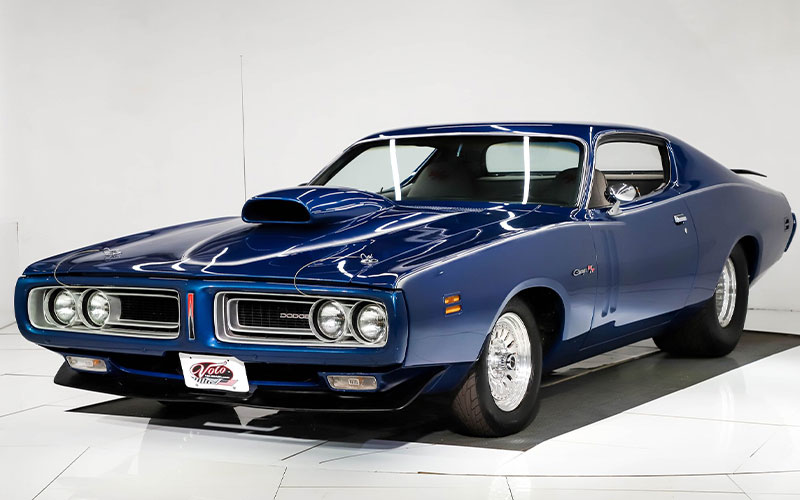
Many would say that 1971 was the last peak year of the muscle car era. The following year would see a greater focus on safety and the effects of more stringent emissions standards. Those factors, matched with rising gasoline prices and insurance premiums, would be a major threat to the muscle car industry.
For 1971, the Dodge Charger was completely redesigned with a new split grill and a sleeker “fuselage” body styling. Four trim levels were offered and included the base models, 500 series, the short-lived Super Bee package, and the R/T series. Pricing started at $2,700 and rose to over $3,770 for the R/T series.
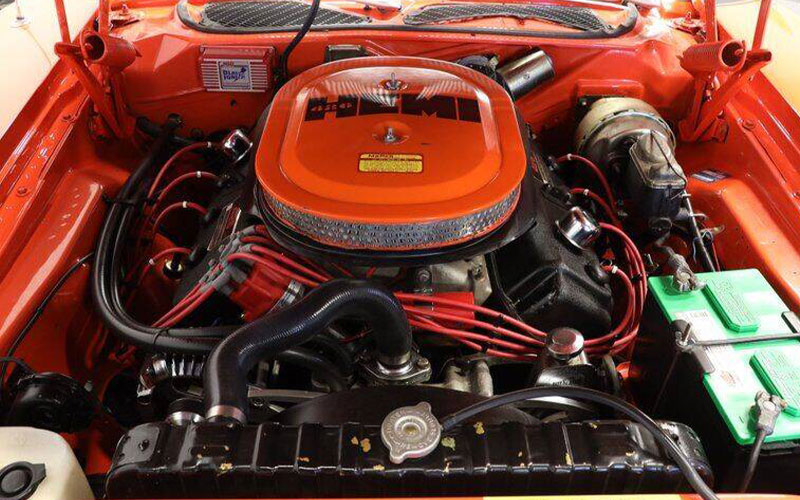
While the exterior of the Charger was redesigned, the powertrain options carried over from 1970. The base engine was a 145 horsepower 225 CID slant six, while Charger 500 models were equipped with a 230 horsepower 318 CID V8. The top-of-the-line R/T was equipped with a 370 horsepower 440 CID Magnum 8 that could be upgraded to either a 390 horsepower 440 six-pack or a 425 horsepower 426 HEMI.
The 1971 Charger was different from most muscle cars of the 70s. While most were long and wide, Dodge made the Charger R/T three inches shorter and two inches wider. This made its handling as extravagant as its power. The new dimensions made it more nimble and its clever chassis packaging and suspension setup allowed it to take the corners with confidence despite it weighing in at over 4,000 pounds. While most automakers were shying away from the muscle car, Dodge gave the power-hungry enthusiast one final hurrah.





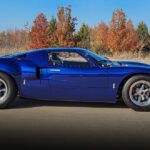









FYI: R/T stands for Road/ Track. Not Road and Track.